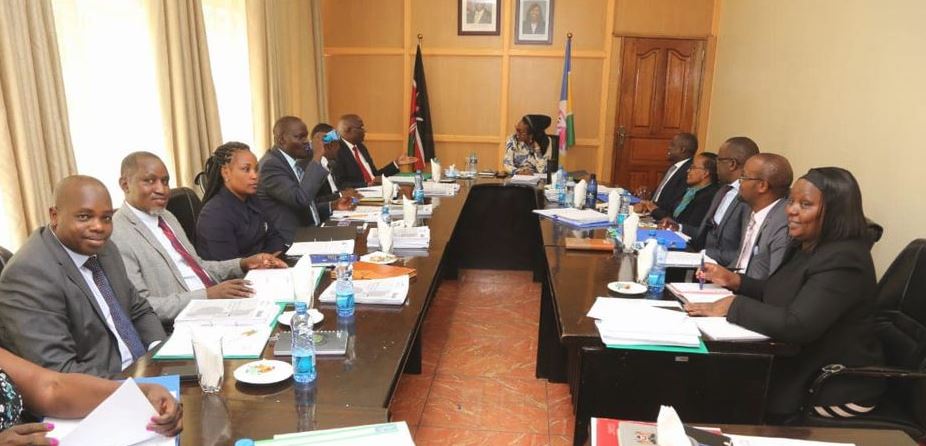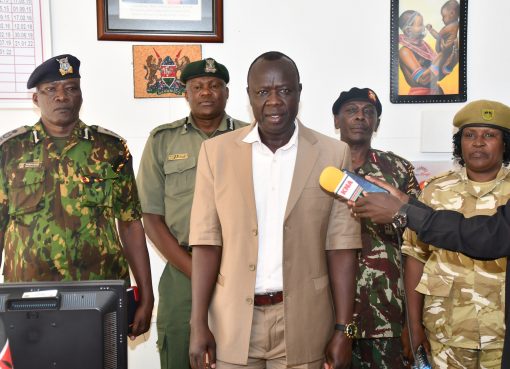The Nakuru County government has allocated Sh17 million in the 2023–24 Financial Year to construct a recording studio and revamp the Nakuru Players’ Theatre to help nurture the County’s rich, diverse, and vibrant creative talents.
Governor Susan Kihika consequently advised creative industry players to tap into the new revenue streams on digital platforms and outlets to build resilience and improve their incomes.
Kihika at the same time assured that her administration was committed to investing in theatre and the arts to create jobs for the youth and called on thespians, musicians, content creators, and concert organizers to fully exploit digital platforms by taking their creations online.
Addressing members of the Nakuru Technical Working Group in the Creative Sector (NTWGCS) who paid a courtesy call at her office, Ms. Kihika observed that there existed a gap in the vast digital space that content creators in Nakuru should take advantage of to showcase their skills and talents.
“We commit to supporting the creative industry in the County to leverage on the opportunities in the sector for job creation”, said Ms. Kihika.
While acknowledging that Nakuru City and Port Louis (Mauritius) were the only two cities in East Africa in the United Nations Educational, Scientific and Cultural Organisation (UNESCO) Creative Cities Network, governor Kihika called on creative artists to exploit this recognition by UNESCO to improve their craft, create new content, prepare promotional material and invest in online revenue streams.The Governor said the introduction of prime arts and comedy segments on nearly all television stations was a clear indication that art was a paying venture, adding that besides the performing arts, visual arts, and cultural heritage, Kenyans were now producing films, videos, television and radio shows, video games, music, and books.
“My administration is anchoring these creative activities in political and governmental commitment and will offer concrete support,” stated the Governor.
Ms. Kihika observed that the best way of encouraging progressive thinking and innovative ideas that could advance what is commonly called a ‘creative economy’ was by cultivating young people’s imagination and creativity.
While noting that it was crucial for counties to fully utilize homegrown talent in all their events as art was an expressive, non-threatening way to express inner feelings, the governor assured that she was committed to protecting local artists against exploitation and providing an opportunity for young people to explore music, drama, dance, film, art, and fashion.
She hailed the Youth Affairs, Sports, and Arts Cabinet Secretary, Ababu Namwamba’s announcement to the effect that his Ministry was preparing a new legal framework to protect Kenyan creativity and the industry.
According to Mr. Namwamba, the New Creative Economy Bill has an all-encompassing legal framework to manage the industry.
“It’s going to add punch and impetus to the establishment of a much more robust film industry and the creative economy in general, which goes beyond film. We’re talking about music, theatre, fashion and design, fine art, and performing fine art. All that stuff is going to be consolidated under the New Creative Economy Bill,” Namwamba said last month.
Cultural experts have indicated that limiting culture to tradition and ethnography denies the nation the opportunities provided by the imagination, technological advances, rapid urbanization, and the energies released by cultural interconnectedness.
According to the experts, there was a need for more to be done to allow home-grown digital platforms in the country to stay profitable and for the digital economy to become inclusive and sustainable.
By Esther Mwangi



